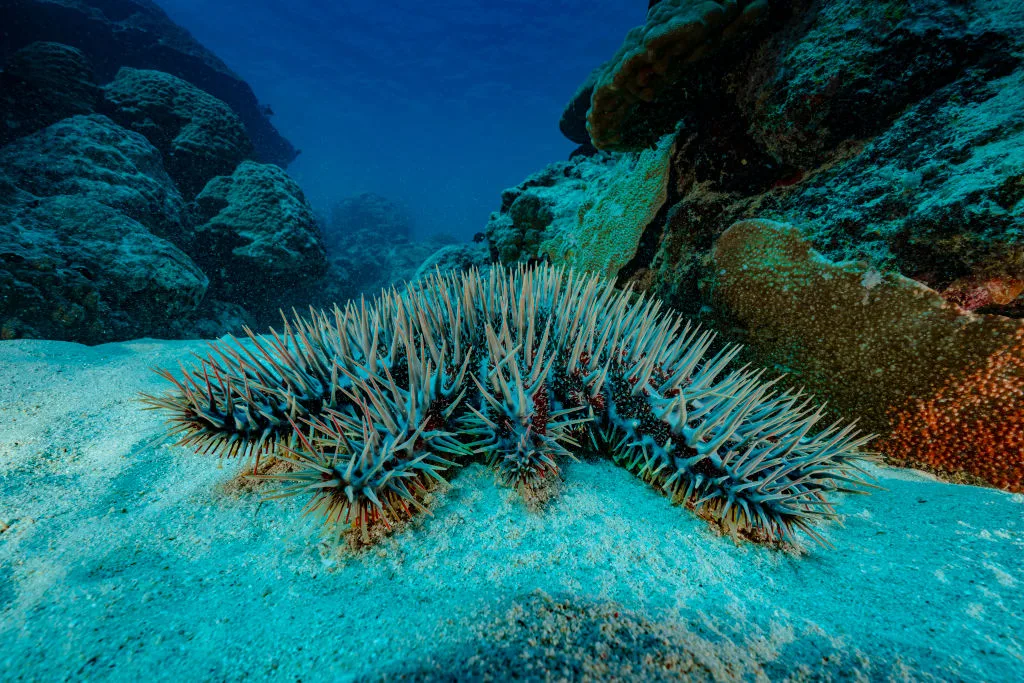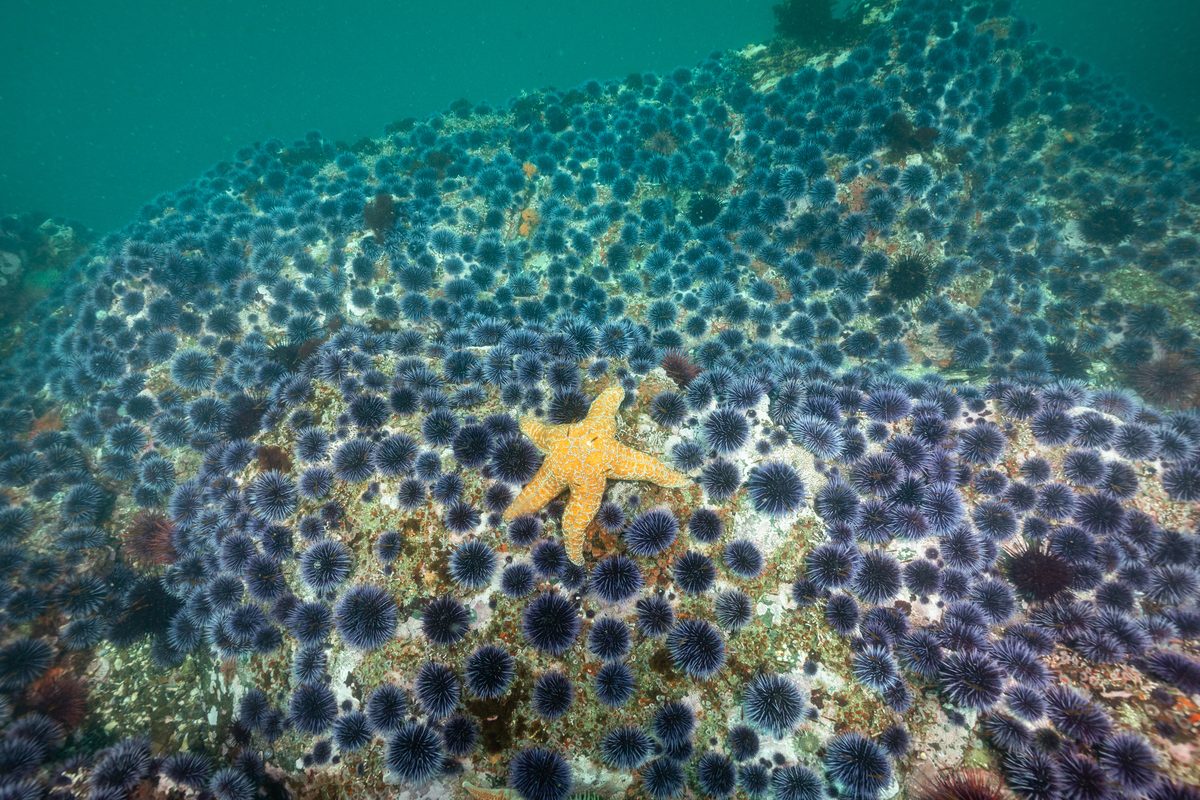With their striking symmetry and slow, graceful movements, starfish might seem simple at first glance, but beneath the surface, they’re anything but. These marine creatures have evolved remarkable ways to eat, move, reproduce and even survive injury.
Found in oceans around the world – including over 30 species off the UK coast – starfish play a vital role in marine ecosystems. From regenerating lost limbs to digesting prey outside their bodies, here’s a closer look at what makes them so extraordinary.
Starfish facts
A starfish ejects its stomach outside of its mouth to eat
A starfish’s mouth is located on its underside, connecting almost directly to its stomach. To engulf its prey, a starfish ejects its stomach outside of its mouth.
Starfish sex doesn’t involve any physical contact
Like many marine invertebrates, starfish simply deposit their sperm and eggs into the water to be found by a “mate” when the tides and currents move them. It might not be the most romantic encounter, but starfish sex is surprisingly efficient.
They can regrow their arms
Starfish can regrow lost limbs over weeks or months, if they are damaged or severed by predators. Most species require the central body to remain intact in order to regenerate limbs, but a few tropical species can regrow an entirely new body from just one severed limb.
They’re harder to find in winter
While they’re present around the UK coast all year, starfish move down the shore or to more sheltered locations in winter. This allows them to feed with less disturbance from the strong waves and bigger swell that plague the coastlines in winter. They often fall foul of high winds, being washed up on beaches. In 2008, a five-mile stretch of Kent coastline was littered with thousands of common sea stars, Asterias rubens.
Starfish have arms – which are also legs
We might think of starfish as having “arms” or “legs”, starfish limbs are actually studded with hydraulically operated “feet”, with suction cups for feeding and movement.
There are about 1,600 living species of starfish
The Northern Pacific has the greatest variety of starfish, while the UK has more than 30 starfish species.
Some species of starfish can damage coral reefs
Crown-of-thorns starfish and pin cushion seastars (or cushion stars) are both natural inhabitants of coral reefs in the Maldives, but efforts have been made to remove these predatory starfish. They consume coral and can end up eliminating it from an area, sometimes damaging it more than the bleaching of reefs by rising sea temperatures.

Despite their name, starfish are not fish
Starfish are a type of echinoderm. Echinoderms are marine invertebrates that include species such as starfish, sea urchins and sea cucumbers. There are about 7,000 echinoderm species, most of which are filter-feeders, using their limbs to filter food from the water. Most are “radially symmetrical”, with identical parts arranged around a central axis (the body), like the spokes of a bike.
They can reproduce by splitting themselves in two
Asexual reproduction in starfish is possible through a process called fission, where the starfish splits in two.
There are also known as sea stars
Starfish and sea stars are different names for the same creatures, but the term “sea star” is becoming increasingly used by scientists and experts, because of the confusion around the fact that starfish aren’t actually fish.
Top image: An orange ochre starfish (Pisaster ochraceus) clings to an empty reef amidst a sea of purple sea urchins near Mendocino Headlands State Park in California (credit: Getty Images)
